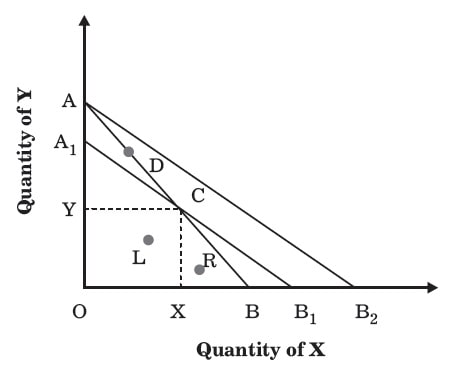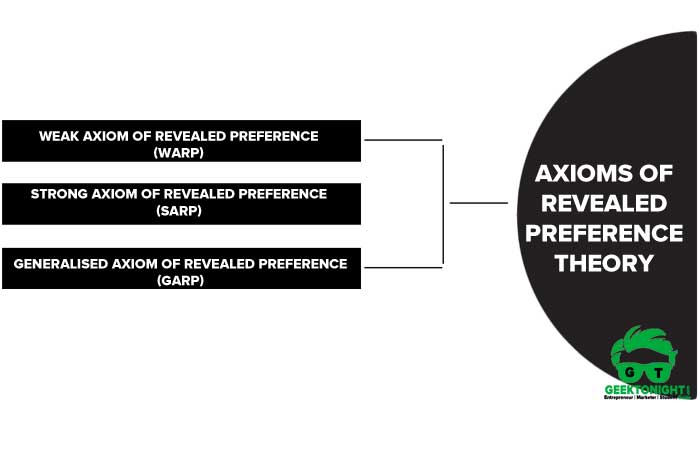What is Revealed Preference Theory?
The Revealed Preference Theory states that consumer’s preferences can be revealed by the purchases they make under different income and price circumstances.
The revealed preference theory was proposed by an American economist Paul Samuelson in his article ‘Consumption Theory in Terms of Revealed Preference’ in 1948.
Table of Content [Show]
The revealed preference theory gives a more realistic assessment of consumer’s behaviour. This theory does not take into account utility approaches or indifference curve to explain consumer behaviour.
According to the revealed preference theory, the demand for a commodity by a consumer can be determined by observing the actual behaviour of the consumer with the varied levels of income and market price of commodities.
The basic hypothesis of the revealed preference theory is that ‘choice reveals preference’. The theory explains the demand curve on the basis of the consumer’s behaviour. Let us understand the theory with the help of Figure.

In Figure, AB is the budget line. Therefore, OAB is the feasible set where all points on or below AB can be attained by the consumer with the given income and market price of commodities.
Suppose the consumer chooses C of all the possible combinations of commodities X and Y. This implies that the consumer has revealed his/her preference for combination C over all other combinations, which are D, L, and R. There are three main axioms proposed under the revealed preference theory which are listed below
Axioms of Revealed Preference Theory
- Weak Axiom of Revealed Preference (WARP)
- Strong Axiom of Revealed Preference (SARP)
- Generalised Axiom of Revealed Preference (GARP)

Weak Axiom of Revealed Preference (WARP)
As per this axiom, a consumer always makes the same choice while purchasing one commodity instead of the other at the given price and income. The consumer makes a different choice if the other commodity provides more benefit in terms of more affordability or better quality.
Strong Axiom of Revealed Preference (SARP)
The SARP applies the concept of transitivity to revealed preferences. This implies that if a consumer chooses commodity A over commodity B and commodity B over commodity C, the consumer would prefer commodity A to commodity C.
Generalised Axiom of Revealed Preference (GARP)
This axiom states that more than one combination of two commodities provides the same level of satisfaction to a consumer at a given market price and income level. As per GARP, there is no unique combination of two commodities that provides maximum utility to the consumer.
Leave a Reply